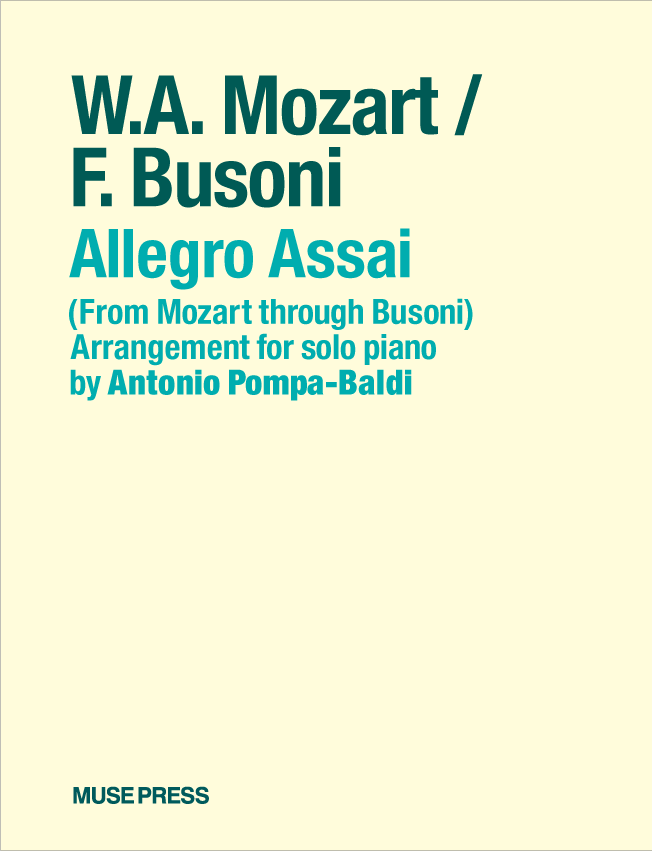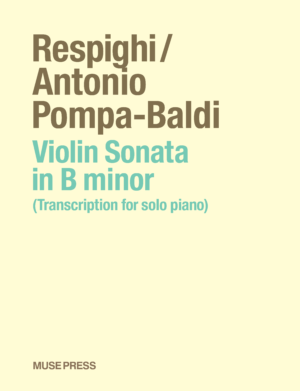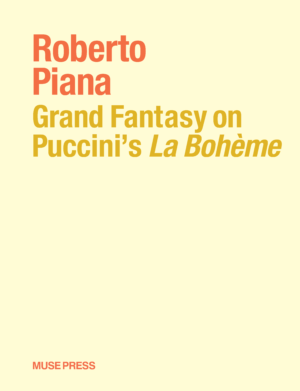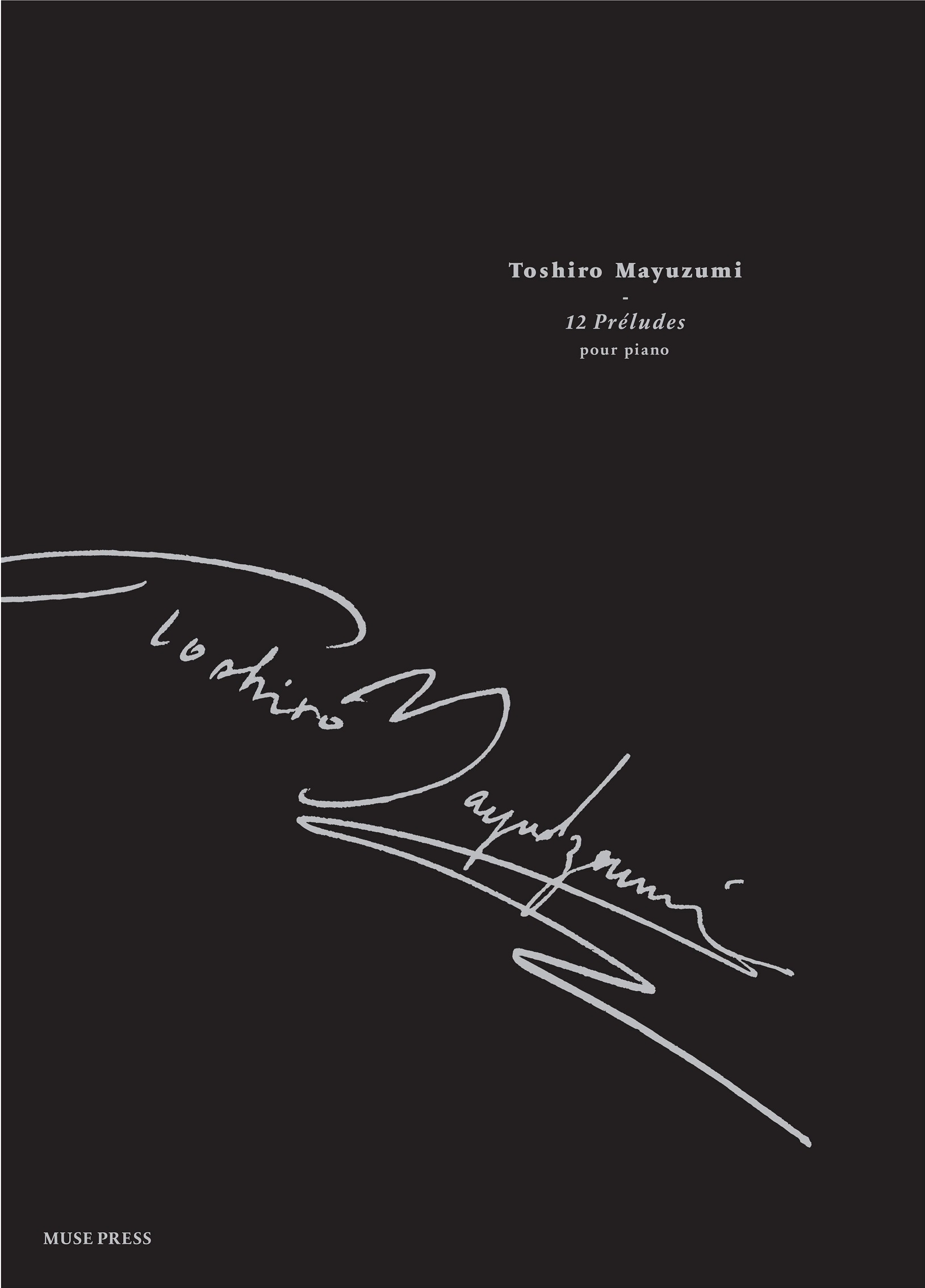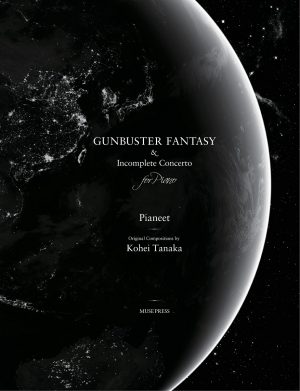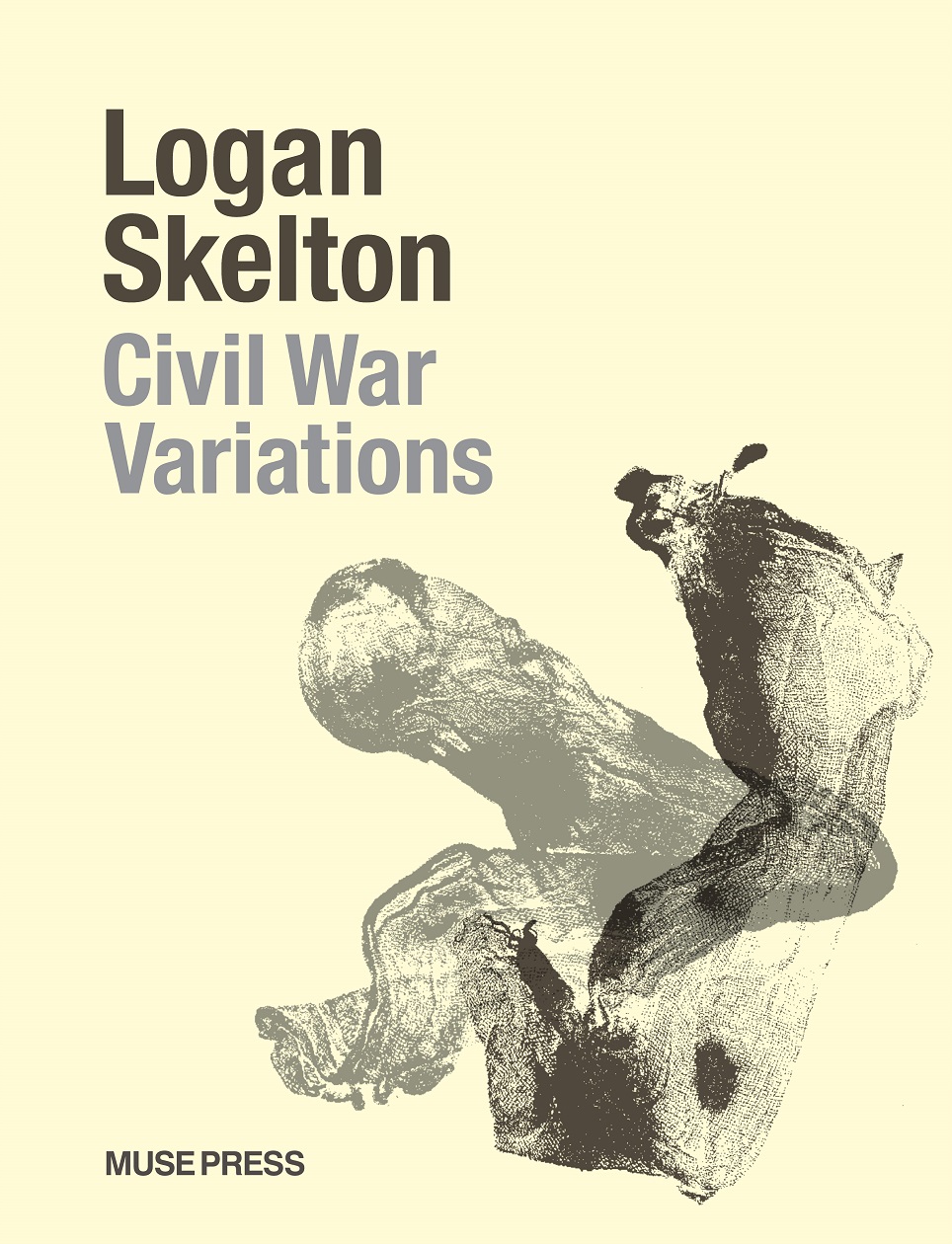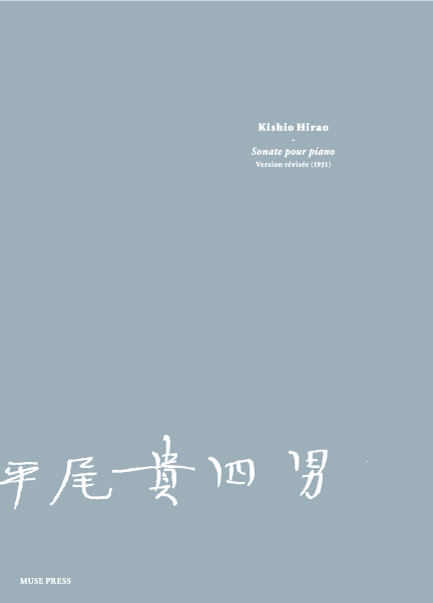Description
Ferruccio Busoni’s ‘Duettino Concertante’ is an arrangement for two pianos of the third movement, ‘Allegro Assai,’ from Mozart’s ‘Piano Concerto in F major’ K459. It is a highly effective piece featuring Busoni’s characteristic pianistic modifications and cadenza. An Italian Pianist, Pompa-Baldi, an admirer of this work, has arranged it for solo piano with careful attention to reproducing both Mozart’s lightness and Busoni’s technical brilliance. This arrangement can be performed as a solo version of Busoni’s hidden gem, ‘Duettino Concertante,’ or as a solo transcription of the final movement of Mozart’s Piano Concerto No. 19.
From Preface by Pompa-Baldi
Ferruccio Busoni’s Duettino Concertante has long been one of my favorite works. It’s an arrangement for two pianos of W.A. Mozart’s Allegro Assai, the third and final movement from his Piano Concerto in F Major, K459. Busoni arranged it for two pianos with great mastery and inventiveness. In his version, he took some liberties , and even replaced Mozart’s Cadenza with one of his own, distinctly more romantic, and very effective. Here are Busoni’s own thoughts on transcriptions:
“Transcription occupies an important place in the literature of the piano; and looked at from a right point of view, every important piano piece is the reduction of a big thought to a practical instrument. But transcription has become an independent art; no matter whether the startingpoint of a composition is original or unoriginal. Bach, Beethoven, Liszt, and Brahms were evidently all of the opinion that there is artistic value concealed in a pure transcription, for they all cultivated the art themselves, seriously and lovingly.”
When I decided to arrange the Duettino Concertante from the two-piano version to one for solo piano, I was predictably faced with the challenge of making the piece playable, while preserving as much as possible the integrity of the Busoni score. Busoni himself had been able to preserve the lightness, agility, mischievousness, joyfulness, brilliance of the Mozart original in the most admirable way.
In order to keep in this solo piano version as much as I could from the Duettino, several fast passages went from being single-mechanism to double-mechanism, hence greatly more challenging. The more polyphonic moments in the piece are also particularly demanding, in this version, for the obvious reason that they are to be played by ten, instead of twenty fingers.
I also wanted to try and conserve, as far as I could, the inherent lightness of the Mozartian original, and strived to do just that. Perhaps, in the end, my transcription sounds inevitably more buffed up, more muscular than the splendidly agile Mozart piece, and of the Busoni Duettino, but I believe it can still fit well into both Masters’ soundscapes and intentions.
Ultimately, the raison d’être for this transcription is my own personal pleasure, but I hope it can also be yours, if you decide to tackle this delightful piece in its present version for solo piano.
Antonio Pompa-Baldi
July 2024
